-
Photo: CC0 Public Domain / Pexels - Karolina Grabowska
-
Photo: CC0 Public Domain / Pexels - Karolina Grabowska
-
Photo: CC0 Public Domain / Pexels - Karolina Grabowska
-
Photo: CC0 Public Domain / Pexels - Vanessa Ramirez
-
Photo: CC0 Public Domain / Pexels - Vlada Karpovich
-
Photo: CC0 Public Domain / Unsplash - Ignacio F.
-
Photo: CC0 Public Domain / Pexels - cottonbro
-
Photo: CC0 Public Domain / Pexels - Karoline Grabowska
-
Photo: CC0 Public Domain / Pixabay - Stocksnap
-
Photo: CC0 Public Domain / Pexels - Karolina Grabowska
-
Regardless of how vigilant we are when it comes to consuming responsibly in all other areas of life – our bathroom often gets overlooked. Many are filled with disposable products and lots of plastic. The good news: it doesn’t take much effort to switch to waste-free alternatives. Here are some simple tips for your zero waste bathroom.
-
#1 Bar Soap
Bar soap is the easiest switch you can make for a zero waste bathroom, and one of the most versatile! Skip the hand soap in plastic dispensers, they are wasteful and completely unnecessary. Solid natural soap made with all-natural ingredients is available in most drugstores – and you can even make it yourself: 3 Soap Recipes: How to Make Homemade Soap.
If you would rather purchase your soap, organic shops often have a large selection of unpackaged soaps, or you can order them from online retailers such as Rocky Mountain Soap Co. or Buck Naked Soap Company. You can use bar soap for almost everything including hand washing, as body wash, face wash, and shampoo/conditioner!
-
#2 Makeup Removal
If you want to try to avoid garbage, try using washable cotton cleaning pads instead of foam in a plastic tube, make-up removal tissues, or cotton pads. You can buy these in some package-free stores and online shops like Net Zero Company.
Cotton swabs are now available in almost every drugstore made of bamboo or cardboard, which is at least biodegradable. Regardless, the sticks end up in the garbage or compost immediately after use. A great addition to your zero waste bathroom is Last Swab**, which is said to replace up to 1000 cotton swabs going to landfills.
Did you know there is a zero waste way to clean makeup brushes?
-
#3 Feminine Hygiene
Conventional disposable tampons and pads create a lot of garbage. Washable sanitary pads and panty liners, sponges, and menstrual cups can be used over and over again, eliminating unnecessary waste. Menstrual cups are becoming increasingly popular. You can buy them in most unpackaged shops, in grocery store chains like WholeFoods, or pharmacies like Walgreens, and in many online shops like GladRags or on Amazon**
The newest zero waste feminine hygiene product is period underwear. They fit like everyday underwear and absorb up to 4 tampons worth of liquid. As they are becoming more popular, there are more retailers selling them. Check out Thinx (on Amazon**) and Knix, two of the leading brands.
-
#4 For the Toilet
Finding toilet paper without plastic packaging is not easy, and some argue the best alternative is to ditch it completely and go with toilet paper alternatives. If you’re not ready to give it up, there are several online retailers like Who Gives a Crap or Seventh Generation** selling recycled toilet paper wrapped in paper.
Cleaning the toilet is generally a very chemical and plastic packaging dependent activity. It doesn’t have to be: for toilet bowl cleaner, citric acid is an excellent zero waste cleaning agent. And whether you choose to simply use a cloth or invest in a wooden toilet brush (like this one available on Amazon**) to scrub your toilet with, it isn’t difficult to cut down on waste in the bathroom.
-
#5 Dental Hygiene – Toothpaste
As an alternative to toothpaste in a tube, you can try solid toothpaste, which comes in tablet form and is available at most zero waste stores or on Amazon**. For those of us taking baby steps towards a zero waste bathroom routine, Davids Premium Natural Toothpaste is packaged in a recyclable metal tube and is available at most drug and grocery stores.
Read more: Zero Waste Toothpaste: The Growing Trend Towards No-Waste Paste
-
#5 Dental Hygiene – Toothbrushes and Dental Floss
Bamboo toothbrushes are all the rage, though there are a few things to be mindful of when purchasing one. Look for bamboo toothbrushes with plant-based bristles (available at Bite). Bamboo toothbrushes are available at most drug or grocery stores, however, they often have nylon bristles. Remember to remove them before composting the brush.
Dental floss is usually made of plastic, but you can also get biodegradable floss made from real silk and beeswax or corn (vegan). Zero waste floss often comes in a glass (like this one on Amazon**) or stainless steel reusable container, so you just need to purchase the refills.
-
#6 Deodorant
To create a zero waste bathroom, skip the spray cans of deodorant. Not only are these typically filled with all sorts of chemicals your body doesn’t need, they also create waste. While there are plenty of natural deodorants on the market, many of them still use plastic packaging. Many zero waste stores have all the bulk ingredients needed to make your own deodorant. Two of the best natural deodorants on the market with cardboard packaging are Bai-li and Meow Meow Tweet. Some natural deodorant also comes in balm form, usually in glass jars (like this one on Amazon**) or metal containers.
Note: When it comes to switching to natural deodorant, your body will go through an adjustment period, so be patient.
-
#7 Personal Grooming
Disposable razors create unnecessary plastic waste. For a durable alternative, try razors made of wood or stainless steel (available at Net Zero Co.). Replace shaving cream with a shave bar (from Amazon**) and you’re well on your way to a zero waste shaving ritual.
One of the best ways to rid yourself of unnecessary plastic bottles in your shower is to hop on the No Poo trend and find alternatives to conventional shampoo and conditioner. For a zero waste bathroom, try replacing bottled shampoo and conditioner with hair bars (available at Basin). Some zero waste stores also offer shampoo and conditioner refill stations.
To get through those “in between” hair washing days, check out our DIY Dry Shampoo recipe.
-
Read more on Utopia.org
Remember to use up what you have at home before purchasing zero waste items!
- Go Plastic-Free: How to use Less in 7 Easy Steps
- Zero Waste Lifestyle Guide: Simple Tips Towards Sustainable Living
- Zero Waste Kitchen: 8 Steps to Producing Less Trash
This article was shortened and translated from German by Karen Stankiewicz. You can view the original post here: Das Zero-Waste-Bad: 17 praktische Tipps für weniger Plastik
- Go Plastic-Free: How to use Less in 7 Easy Steps
Do you like this post?






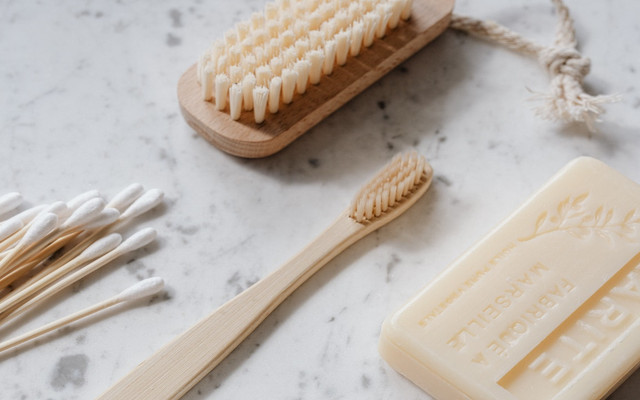 Photo: CC0 Public Domain / Pexels - Karolina Grabowska
Photo: CC0 Public Domain / Pexels - Karolina Grabowska 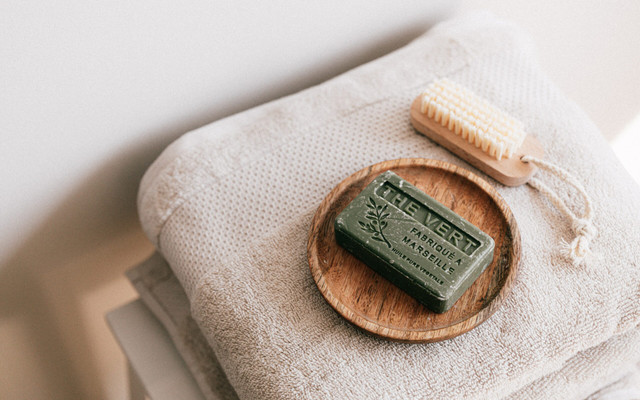 Photo: CC0 Public Domain / Pexels - Karolina Grabowska
Photo: CC0 Public Domain / Pexels - Karolina Grabowska 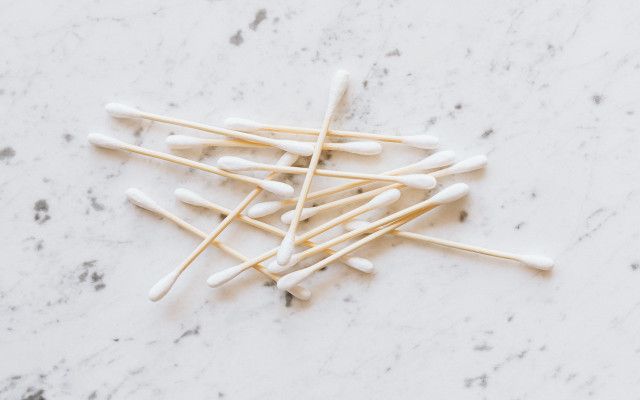 Photo: CC0 Public Domain / Pexels - Karolina Grabowska
Photo: CC0 Public Domain / Pexels - Karolina Grabowska 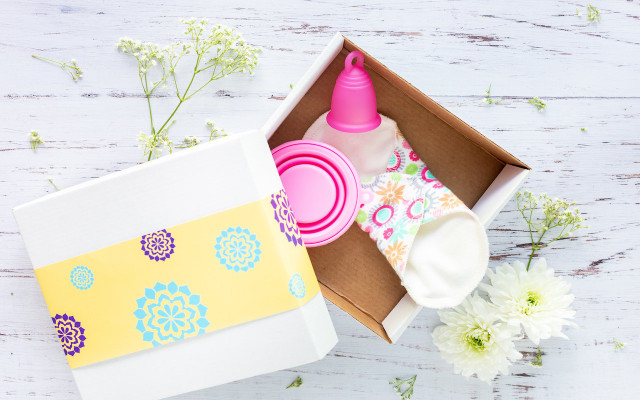 Photo: CC0 Public Domain / Pexels - Vanessa Ramirez
Photo: CC0 Public Domain / Pexels - Vanessa Ramirez 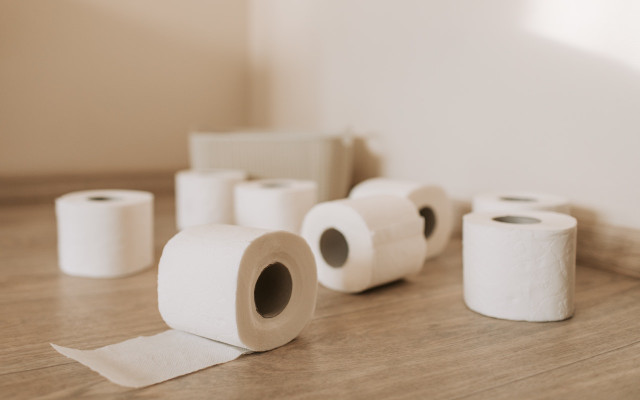 Photo: CC0 Public Domain / Pexels - Vlada Karpovich
Photo: CC0 Public Domain / Pexels - Vlada Karpovich 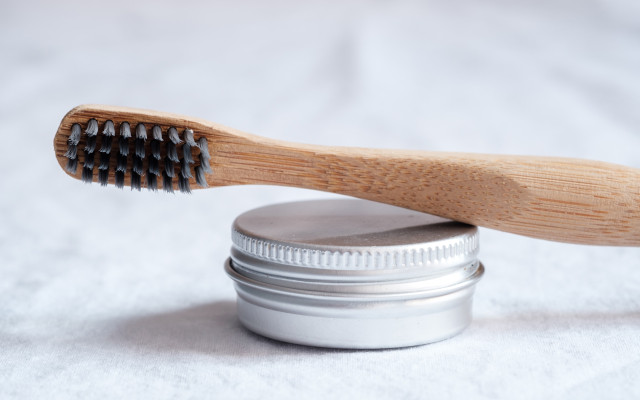 Photo: CC0 Public Domain / Unsplash - Ignacio F.
Photo: CC0 Public Domain / Unsplash - Ignacio F. 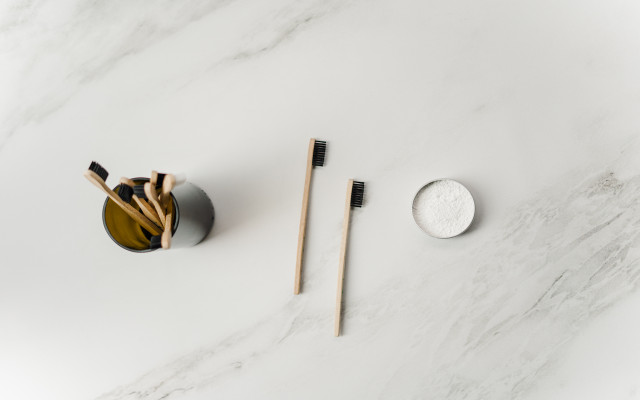 Photo: CC0 Public Domain / Pexels - cottonbro
Photo: CC0 Public Domain / Pexels - cottonbro 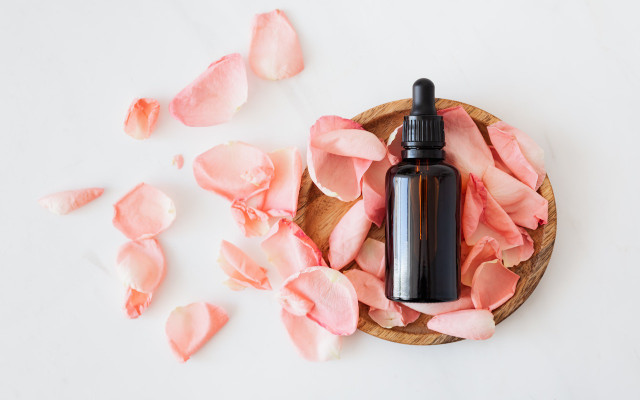 Photo: CC0 Public Domain / Pexels - Karoline Grabowska
Photo: CC0 Public Domain / Pexels - Karoline Grabowska 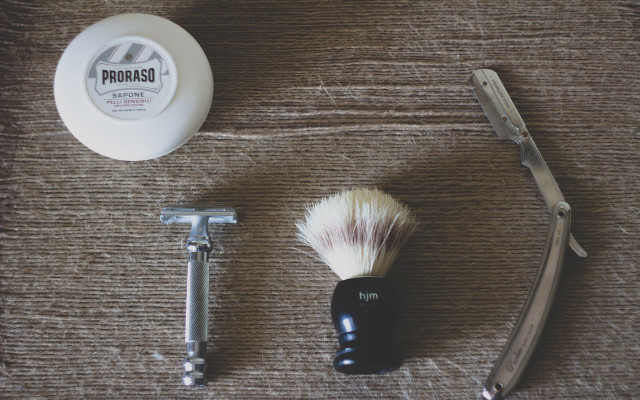 Photo: CC0 Public Domain / Pixabay - Stocksnap
Photo: CC0 Public Domain / Pixabay - Stocksnap 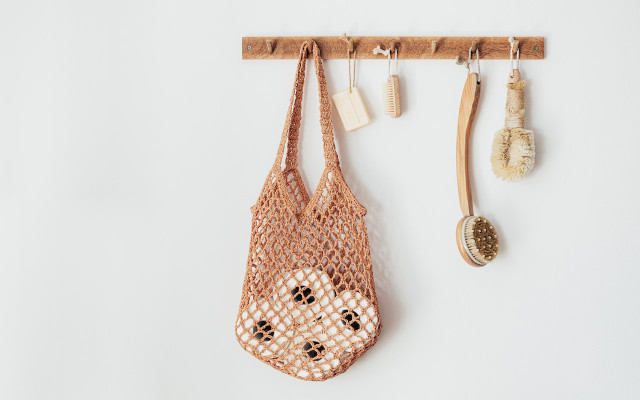 Photo: CC0 Public Domain / Pexels - Karolina Grabowska
Photo: CC0 Public Domain / Pexels - Karolina Grabowska